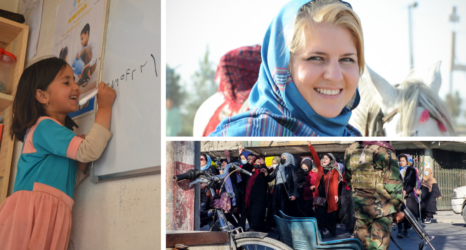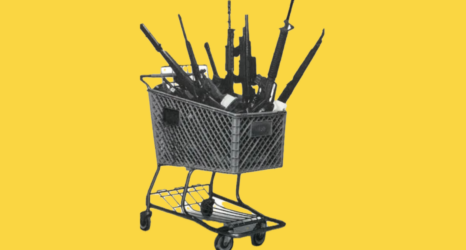“Stripping public media of prominent women news presenters is an ominous sign that Afghanistan’s Taliban rulers have no intention of living up their promise of respecting women’s rights, in the media or elsewhere.”
— Steven Butler, Committee to Protect Journalists’ Asia program coordinator

With the Taliban taking control of towns and villages in Afghanistan, women—especially female reporters—have been put in a precarious and extremely dangerous position.
Since August 15, the Taliban have barred at least two female journalists from work, have attacked at least two members of the press while they covered a protest, raided the homes of at least four media workers, potentially shot and killed the family members of journalists, among other cases. Meanwhile, in some instances, male employees have been permitted entry to news stations and have been allowed to work as newscasters.
“In the last 24 hours, our lives have changed and we have been confined to our homes, and death threatens us at every moment,” said one female news anchor and political talk show host on Monday.
The unnamed journalist who made it to the airport: “As I drove in a taxi to the airport, men on the street were clapping for the Taliban. They were saying, ‘Mashallah! Go, America!’ I never in my life thought I’d see this. How could I see this?”
— The Fuller Project (@FullerProject) August 15, 2021
Over 90 media outlets have closed in Afghanistan—most of which have been reached by the Taliban—emphasizing a mounting concern for journalists’ safety nationwide.
However, some moments of hope remain. Mexico coordinated an effort to safely rescue over 100 Afghan journalists and their families—including journalists from the New York Times. These individuals arrived safely in Mexico yesterday. In addition to safe passage out of Afghanistan, private sponsors and civil society organizations will be covering the travel and living costs of those rescued.
“It’s about those who are risking their lives to inform, to communicate; who are committed to freedom of expression,” said Marcelo Ebrard, Mexico’s foreign minister.
This is a feat. Even with a fight to escape Afghanistan, the journey remains difficult and unsafe. In fact, female journalists have been robbed at gunpoint by the Taliban—taking journalists’ passports, money and legal documents, among other cruelties.
Our colleague was robbed by armed men on the way to Kabul airport Sunday. They stole her cash, passports & docs. Zainab got herself onto this plane. In partnership with @RukhshanaMedia, @TIME & @FullerProject, the story of loss women face in Afghanistan: https://t.co/hBVdptZNpb pic.twitter.com/vIY4LJdVrs
— Khushbu Shah (@KhushbuOShea) August 20, 2021
As such, activists and politicians are continuing to urge for the safe passage and rescue of journalists and reporters. In a statement issued by the Mexican Foreign Ministry, the director of International News for the New York Times, Michael Slackman, said he hopes “the entire international community [will] follow this example and to continue working on behalf of the brave Afghan journalists who are still in danger.”
Some countries have done just that—helping journalists find refuge in Turkey, Uzbekistan, Qatar, among other countries. However, the United States, reporters state, has failed to adequately help journalists, especially women, find safety.
"Many Afghans fear for their tomorrow. Women in Afghanistan are being turned away from their offices in #Afghanistan. Journalists and activists are in hiding or fleeing.
— UN Geneva (@UNGeneva) August 24, 2021
In our worst moments, we call on you to do better,” — @ShaharzadAkbar of the @AfghanistanIHRC pic.twitter.com/NcUpLbYhGe
With only five days left until U.S. troops are set to withdraw from Afghanistan, it remains to be seen if the 1,500 Americans—not including legal permanent American residents or green card holders—countless journalists and media members and women and girls under attack will be helped.
As John Blaxland—professor of international security and intelligence at the Australian National University—said, “We don’t know how long they have left, and it’s just awful to contemplate how they’ve been really left high and dry under these awful circumstances.”
Up next:





